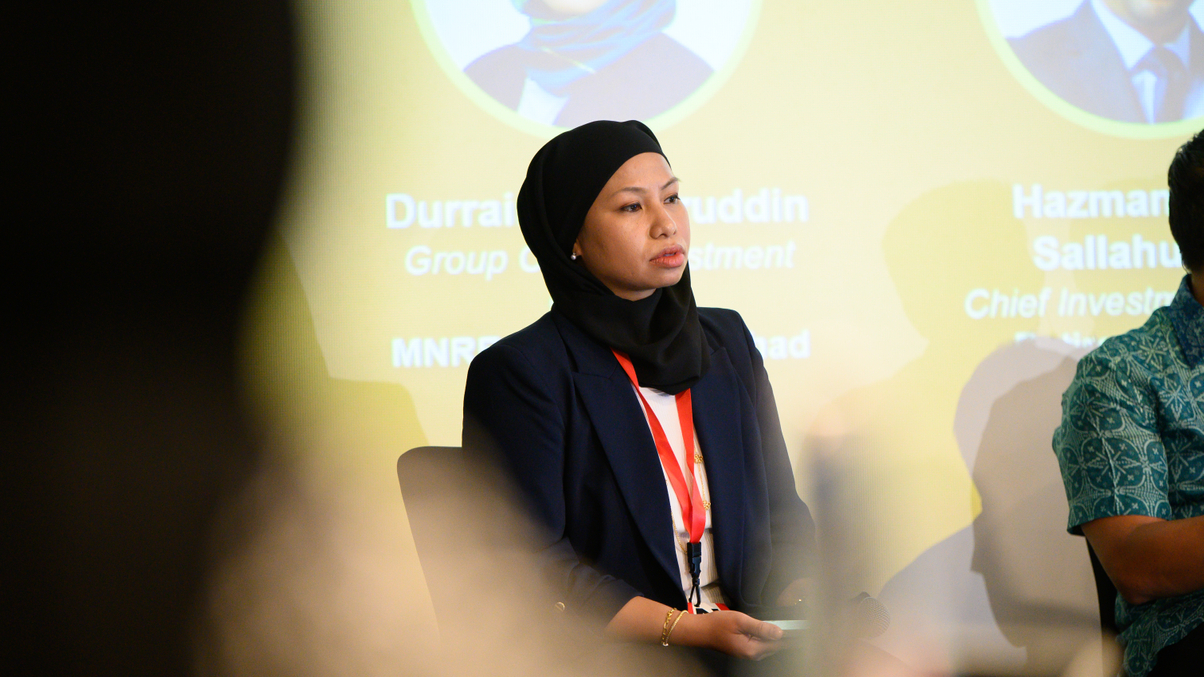Malaysian reinsurer highlights key themes for public markets investing
Durraini Baharuddin, group chief investment officer at Malaysia's MNRB Group, outlines the main local sectors investors will be watching with high interest in the months ahead. Other experts also weighed in.

Malaysia’s strong stock market presents attractive investment ideas for institutional investors, as the impact of supportive government policies over the past few years kicks in and economic growth improves.
Sign in to read on!
Registered users get 2 free articles in 30 days.
Subscribers have full unlimited access to AsianInvestor
Not signed up? New users get 2 free articles per month, plus a 7-day unlimited free trial.
¬ Haymarket Media Limited. All rights reserved.


